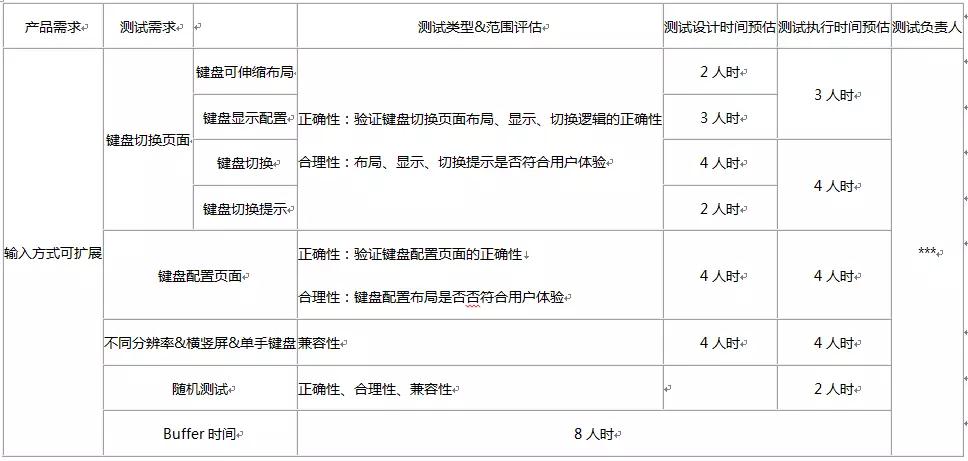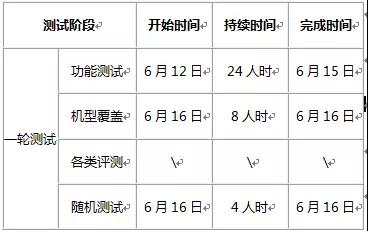What is a test plan
The test plan is the overall design of the test process. The test plan determines the resources needed to test the product, what we will test, and how the test will be performed. The output of a test plan is one or more documents.
Why develop a test plan
The success or failure of a project is determined by four factors: time, cost, scope, and quality. Among them, the "quality" can be covered by the test plan, and the main functions are as follows:
1) Show the details of plan execution and allow testers to conduct peer review;
2) Reflect more information such as schedule, test environment, etc.
Test Plan Essentials
1) Determine the scope of the test
The first step in developing a test plan is to define who to test. The test scope confirmation process usually goes through the following steps:
①Prepare the problem: Prepare the problem in advance by understanding the requirements or reading the code, and communicate with the development purposefully, so as to prevent the development from being confused or not solving your own doubts after communication;
②Communication confirmation: Communicate with developers to confirm "what is changed", "what is the difference between before and after the change", "why should be changed", "what is the scope of influence caused by the change". The communication method can use the "5W2H" analysis method, which is also where the editor needs to strengthen his study and exercise;
③Organize the test scope: According to the communication results, test experience, etc., organize the final test scope.
2) Develop a test plan
Developing a test plan includes developing a test strategy, arranging test resources and schedule. At present, the test strategy templates used by the test group of Xiaobian are as follows:
Each field is defined as:
①Product requirements: function overview, which can be consistent with the name in the requirements list given by the product or pm;
②Test requirements: The specific function description corresponding to the product requirements, if the function is more complex, it needs to be split into multiple sub-modules
③Test type & scope evaluation: The test type & scope mainly includes:
a. Correctness test (function is consistent with requirements and no serious bugs)
b. Compatibility test (model, resolution, firmware version, edit box, etc.)
c. Reasonableness test (assessed from a product perspective)
d. Stability test (server stress test, kernel robustness test)
e. Performance test (CPU, memory, response time, etc.)
f. Conflict testing (third-party security software), security testing (data encryption, system permissions).
④ Estimation of test design time: test case writing time, such as 4 people, that is, it takes 4 hours for each person to complete;
⑤ Estimation of test execution time: test case execution time;
⑥ Test leader: testers of each module;
⑦Buffer time: It is best to reserve a buffer time between each test. On the one hand, it can be used to respond to changes in the plan, and on the other hand, it can give testers time to improve and supplement test cases.
The test schedule is as follows:
One round of testing:
Functional test: XX people, completion time X month X day
Model coverage: When XX people, the completion time is X month X day
Functional regression test: XX people, completion time X month X day
Various evaluations: XX people, completion time X month X day
Second round of testing:
Pingback test: XX people, completion time X month X day
Conflict test: XX people, completion time X month X day
Random regression test: XX people, completion time X month X day
Acceptance test: XX people, completion time X month X day
specific process
Test plan example
A detailed test plan is given by taking "input mode extensible" as an example:
The input method can be extended to propose the purpose
1. Under the Chinese and English keyboard, click the keyboard to switch, and you will see different things when you come in, which is easy to confuse the user;
2. After the voice input and OCR input are switched to the keyboard, the space here is too crowded, and it needs to be appropriately simplified according to the actual use of the user;
3. Unified entrance, easy for users to recognize;
Enter a scalable test plan
Test Strategy Evaluation
test schedule



